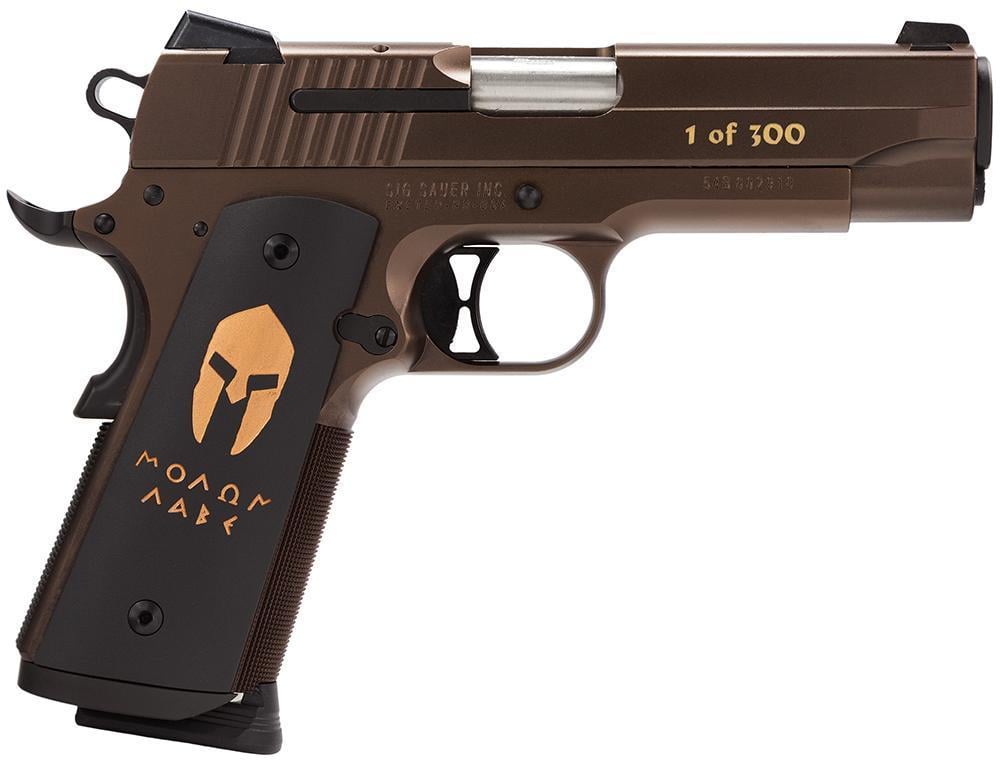

Modern hollow point designs are less dependent on velocity to expand, but velocity sill plays a role. All other things being equal, I prefer to have my 9mm defensive ammunition running at or above 1,100 fps. In my research and experience, velocities above 1,100 fps have a greater likelihood of ensuring reliable expansion after encountering clothing. Velocity is a tool ammo designers can use to ensure expansion. For me, these are excellent loads and crossing 1,100 fps is reassuring. Indeed, velocity for the various loads was lower than the same loads shot from other guns I’ve tested with longer barrels.Įven so, the Federal HST 124 gr +P and Winchester PDX1 Defender 124 gr +P loads exceeded 1,100 fps. Since this SIG pistol has a relatively short 3.3″ barrel, I expected to see correspondingly low velocity measurements. Like all ammunition, barrel length affects accuracy. All measurements are an average of five shots. Performance measured with a Competition Electronics ProChrono Digital Chronograph at an approximate distance of 15′ from the muzzle of the pistol. SIG SAUER Elite Performance V-Crown 147 gr JHP SIG SAUER Elite Performance V-Crown 124 gr JHP The fact that I am mentioning specific numbers should indicate how much I thought of this gun’s ability to place rounds on target. I don’t test guns from a Ransom Rest, which means that most of the group size comes from my skill (or lack thereof) as a shooter. I’ll give you my general impressions on accuracy and if anything jumps out as being particularly good or bad. Long time readers will attest to the fact that I don’t spend a lot of time talking about group sizes. Everything seemed to be running well, so I began checking to see what kind of accuracy I could get. I ran through some rounds to ensure the gun was working properly and tested both magazines.

Todd, Gary and the guys have been a real pleasure to work with, and if you’re ever north of Tampa, I hope you drop in and check them out. The SIG arrived on a Thursday afternoon, and I headed out to shoot it the next morning. For the past year, I’ve had the luxury of shooting at an indoor pistol range that opened up near my office. Here are the specification on the SIG SAUER 1911 Ultra Compact: Model # However, for a gun that I would carry for self-defense, it doesn’t hurt anything to have it prepared for a low probability – but very real – situation. Granted, the likelihood of needing to run a gun one handed and manipulating the slide off of the rear sight is very low. While it has a nice look, it completely precludes its use when running the gun one-handed. One other thing I dislike about the sights is the front ramp on the rear sight. On a dark target, I had to rely on the dots to align the gun. The rear sight has a sharp notch that aligns nicely with he front sight to make a very clear sight picture on a light colored target. I also like the Trijicon HD Night Sights and Truglo TFO sights. XS Sights are well known for having a large, visible front sight. I much prefer to have a large, bright front sight with a rear sight that is more subdued in comparison. I just prefer other systems that in my experience tend to be more efficient.

The three-dot arrangement can be visually confusing under stress, and tritium sights can be difficult to find in normal lighting conditions.ĭon’t get me wrong, three dot sights work. The tritium vials have a thin white outline to offer some visibility during daylight conditions.īy and large, I’m not a fan of the traditional three-dot sights and less of the typical tritium three-dot configurations. SIG uses a set of three-dot night sights on the pistol. I have to admit that the sights on this pistol are not my favorite, but I know many others will like them just fine.


 0 kommentar(er)
0 kommentar(er)
